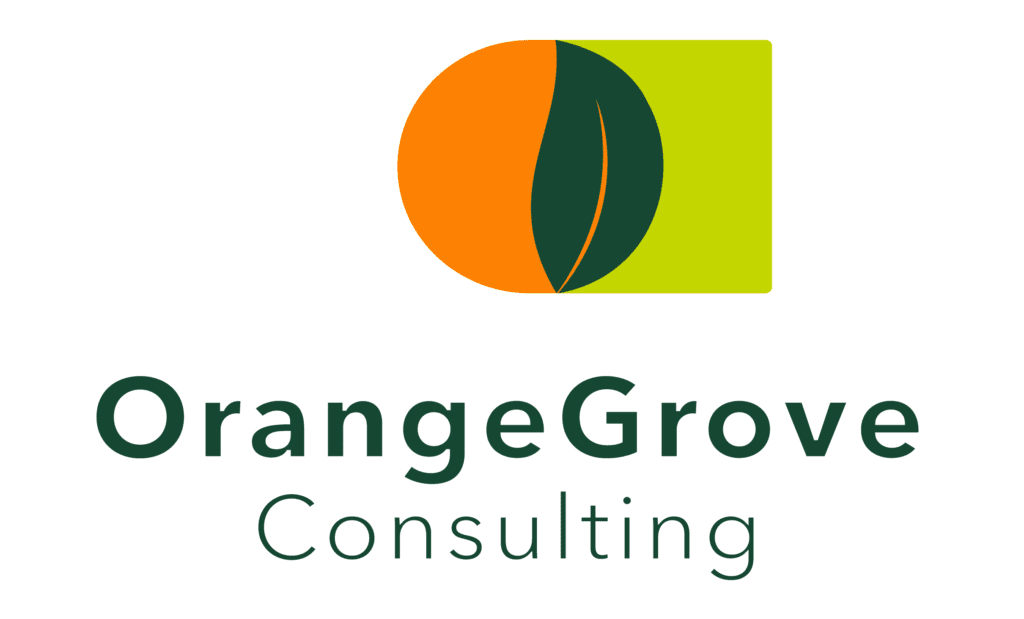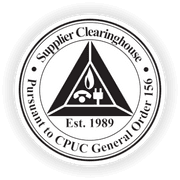Conscious or unconscious biases could be preventing your organization from hiring and promoting the best talent. The common cultural stereotype that women are more family-oriented, for example, can negatively affect candidates when being considered for promotion – due to the belief that they will be less committed to their jobs than men or leave their roles completely after they have children.
Unfortunately, these biases exist not only in management, but throughout the entire organization. Managing Partner Jodi Detjen’s 2021 research, “Masculinity and Leadership Inequities,” found that masculine cultural norms implicitly create barriers against women’s career ascension not by individual masculine identities, but by organizational culture and systems. Detjen’s research also revealed that masculine culture norms negatively affects all employee’s perception of promotion and development — regardless of gender.
Biases show up throughout a company’s pipeline development, beginning from when candidates apply for jobs, whether they are hired, how they are trained, the roles they receive, and how they are evaluated. To tackle these biases, your organization will need to use data to first understand the factors creating disparities, and to test the effectiveness of your solutions.
It’s critical to gather data at every level of the process, from when employees join your business to how they move up — or stall — in their careers. A key element to look at is performance reviews, which have been shown to be mostly biased due to implicit assumptions from management. In fact, studies have found that women were 1.4 times more likely to get critical subjective feedback, as opposed to positive feedback or critical objective feedback, than men. Biases often creep up in evaluations due to open-ended questions without the structure, which can lead to more gender, race, and other stereotyped decision-making.
Once you’ve measured the problem in your organization, you’ll be able to employ a data-based approach to developing research-based solutions. This is the best way to ensure that your DEI initiative is creating a level playing field for all your employees. To learn more about how to assess and craft your promotion and pipeline development, keep an eye out for part two of this article coming soon.
Contact Us




